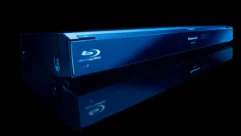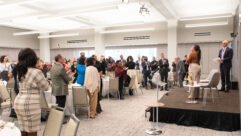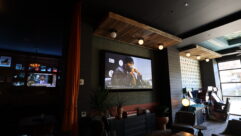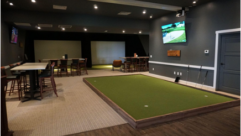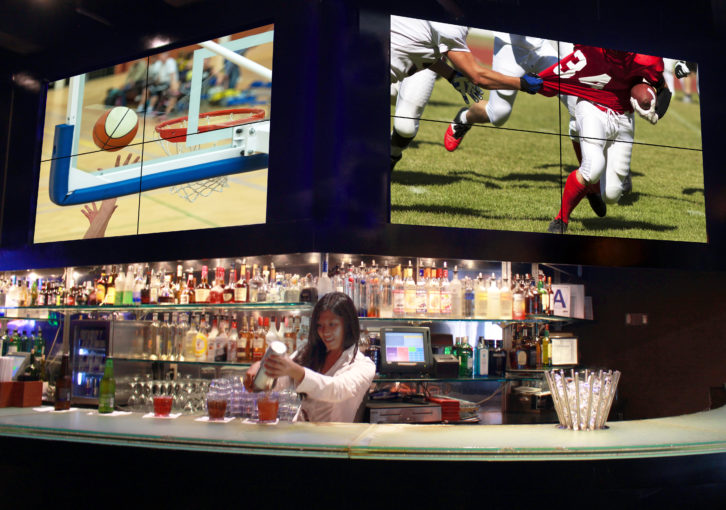
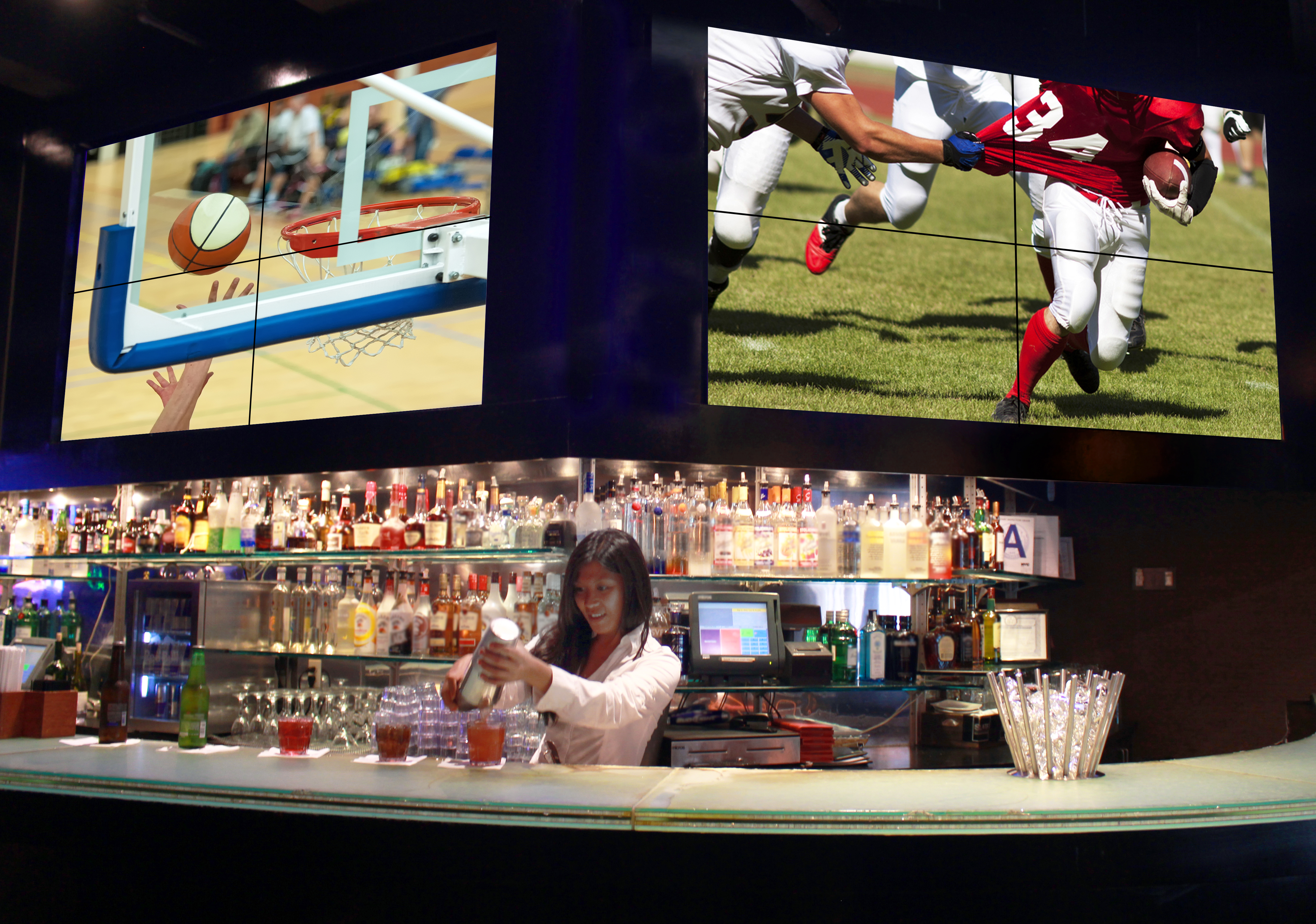
Slate-NY isn’t your typical sports bar. While there are several screens, this massive 16,000-square-foot New York City watering hole eschews traditional sports bar conceptions—often replete with signed baseballs and smiling athletes adorning the walls—with its trendy high-end club atmosphere, exposed pipes and vents, sleek contemporary furnishings, and mood lighting spread over five unique spaces and two floors.
Already partway through an extensive remodel, Slate- NY brought in New Jersey-based integration firm Homedia Electronics to specify, design, and install videowalls and displays throughout the venue. With major design elements for Slate-NY’s remodel in flux, Homedia Electronics was given a 30-day window to complete the visual display installation—just in time for Slate-NY to hosts its March Madness basketball party for CBS Sports.
At the heart of the multiscreen integration project is a 3×3 videowall. The videowall was initially designed to fit into a customized wall Homedia had created to bear the weight of the videowall and accommodate a loudspeaker system.
“The idea was to have a flush-to-finished look for the videowall and have the speakers recessed,” says Dan Hirschberg, Homedia Electronics owner. “They wanted to have the wall contain four large-venue JBL speaker cabinets and two subwoofers.”
Then Slate’s owners had a change of heart and decided the videowall should be suspended from the ceiling for extra architectural dimension. Heading back to the drawing board, Homedia had to figure out how and where to place the videowall to achieve the desired effect. The ceiling’s steel beams were ideal, partly because the air handlers and ductwork showed they were capable of handling the weight of the displays. The catch? The beams were wrapped in about 8in. of plaster. So Homedia broke out its tools.
“We wound up having to chisel, hammer, and break our way to get to the I-beam,” Hirschberg says. “We built a custom Unistrut skeleton cantilevered off of the I-beam. It’s built to just slightly bigger than the footprint of the brackets, and it looks as if it’s floating in midair. The result was awesome. The speakers still wound up below the videowall, just exposed and on the floor.”
Another challenge were the four 2×2 videowalls above the bar. The Samsung 55in. UD series Direct-lit LED displays were ordered with a rough idea of how they’d go in.
“We did not have an idea of how they wanted to use the screens until they were delivered,” Hirschberg says. “Once we had delivered them, we were given their design concept and were able to modify and plan it out very quickly.”

To understand why Homedia had to work on the fly, it helps to know the displays’ history. Homedia had installed them a year before at Daffy’s Times Square clothing store, where Hirschberg’s team and Visual Apex won the Samsung Innovator of the Year award.
“When they went out of business, I was able to buy 21 screens back from the liquidation sale and resell them to Slate at a deep discount,” Hirschberg says. “I added four more screens to give them a total of 25 screens.
“We knew that they wanted four 2×2 and one 3×3 videowalls upon the approved sale. However, we did not know exactly where each wall was going to go and how we should engineer the space to accommodate them until we delivered the screens,” he says.
But when the team showed up onsite one day, they found that the bar was already framed out. Having to make do with what was in front of them—a wall slightly too deep to use the beautiful Peerless 765 landscape brackets as originally intended— Hirschberg and his team pulled the displays out slightly so they would appear flush. All of the videowall displays have 5.5mm bezels, which is great for minimizing the crosshatch effect but require kid gloves during installation.
“Those bezels are extremely delicate,” says Hirschberg, who has used slim-bezel Samsung displays on other projects. “It’s nerve wracking. If they rub the wrong way, it can pop the screen, and you have to call Samsung to get it replaced. On the plus side, they’re very good about replacing them.”
Game Changer
All 25 Samsung displays throughout Slate were configured as videowalls, so it helped that they have onboard video processors— one of the biggest selling points for Hirschberg.
“You can comfortably, in my experience, output up to a 5×5 without dramatically losing a lot of resolution,” he explains. “It’s been a game changer. It’s very easy to get the proper aspect ratio with great resolution using an onboard processor. I love it.”
The budget also benefitted, especially for a project with a 30-day window. Every dollar and minute counted, a point Michael O’Halloran, Samsung’s commercial display product manager, underscores when he notes that “it was a huge savings for them because outboard processors can get costly.”
Hirschberg adds: “There was no preplanning, no engineering, prior to the installation. It was all on-the-fly, figure-itout as you go. The end result was one of the proudest jobs I’ve ever been a part of.”


